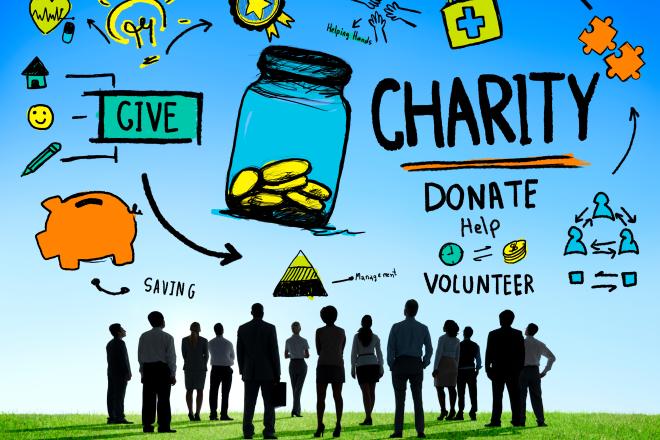Growing support to build societal resilience to environmental crises
“In an uncertain and highly polarized political environment, private actors are facing the challenge of making a difference,” says Katherina Rosqueta, founding executive director of the Center for High Impact Philanthropy (CHIP), faculty co-director of High Impact Philanthropy Academy, adjunct faculty in the School of Social Policy & Practice (SP2), and leader of the Environmental Innovations Initiative (EII) research community How Private Actors Build Societal Resilience to Environmental Crises.

By Xime Trujillo
“In an uncertain and highly polarized political environment, private actors are facing the challenge of making a difference,” says Katherina Rosqueta, founding executive director of the Center for High Impact Philanthropy (CHIP), faculty co-director of High Impact Philanthropy Academy, adjunct faculty in the School of Social Policy & Practice (SP2), and leader of the Environmental Innovations Initiative (EII) research community How Private Actors Build Societal Resilience to Environmental Crises.
Non-profit organizations and philanthropy can play a crucial role in addressing environmental crises such as biodiversity loss, pollution, land degradation, and weather-related natural disasters. Unlike public financing, private philanthropy can drive change by supporting movements that transcend political divides and prioritize social impact outcomes over financial returns.
Founded in 2006, CHIP uses a multidisciplinary approach to use “the best available evidence” to craft guidance for donors who aim to “do more good” with their dollars.
With the support from EII, Rosqueta and her colleagues turned their attention to the environmental sector. With input from an interdisciplinary group of Penn faculty, CHIP is identifying the major environmental risks to people. Those risks exist across multiple dimensions, including health, education, housing, economic stability, and social cohesion. The research community is now expanding to include funders, impact investors, and nonprofit leaders to pressure test potential solutions for real-world settings.
The research community has garnered additional interest from the XPrize Foundation and support from the Pisces Foundation. With those partnerships, the research question is evolving to explore cross-sector movements as a strategy for sustainable social change and ways to fund game-changing innovation. Rosqueta emphasizes, “when all three sectors are involved—government, business, and non-profit—systemic change is possible.”
An ultimate aim is to craft a “Giving Guide” focused on the environment, with a decision-making framework and vetted, real-world exemplars. As with much of its work, CHIP plans to make this guide available to the public for free. As Rosqueta emphasizes, “we know that anyone – whether they have $10 or $1 billion can practice high impact philanthropy. By making our guidance publicly available for free, we hope to equip more people to make a bigger difference in the world.”